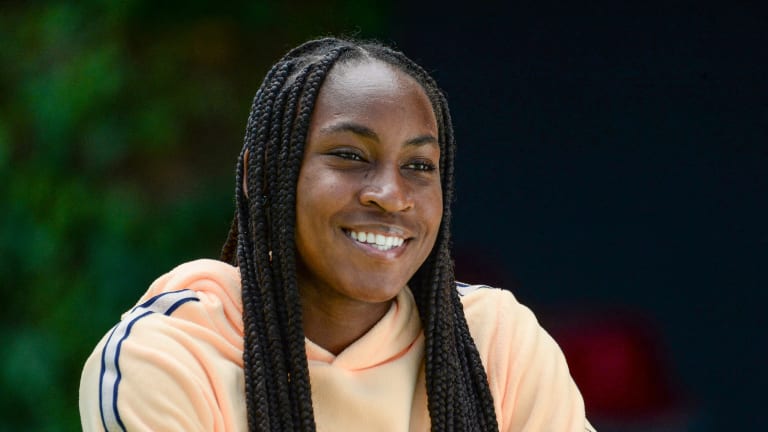10 Burning Questions in 2022
10 Burning Questions in 2022: Is it time for Coco Gauff to deliver?
By Jan 04, 202210 Burning Questions in 2022
10 Burning Questions in 2022: Will the PTPA become a factor in the sport?
By Jan 07, 202210 Burning Questions in 2022
10 Burning Questions in 2022: Could this be the ATP season when we finally see a transition from the Big Three to the next generation?
By Jan 06, 202210 Burning Questions in 2022
10 Burning Questions in 2022: What does a WTA calendar look like without China?
By Jan 05, 202210 Burning Questions in 2022
10 Burning Questions in 2022: Will Serena Williams play again?
By Jan 03, 202210 Burning Questions in 2022
10 Burning Questions in 2022: Which of the Russians will fare best on the ATP?
By Dec 31, 202110 Burning Questions in 2022
10 Burning Questions in 2022: What kind of impact will Emma Raducanu and Leylah Fernandez have?
By Dec 30, 202110 Burning Questions in 2022
10 Burning Questions in 2022: Will next season produce another first-time Grand Slam singles champion?
By Dec 29, 202110 Burning Questions in 2022
10 Burning Questions in 2022: What can we expect from Naomi Osaka’s return to tennis?
By Dec 28, 202110 Burning Questions in 2022
10 Burning Questions in 2022: Can we expect a Rafael Nadal rebound?
By Dec 27, 202110 Burning Questions in 2022
10 Burning Questions in 2022: Is it time for Coco Gauff to deliver?
The goal for now should be to establish herself as a Top 20 player. If the 17-year-old can do that in the short term, she’ll have plenty of time to do much more, and to win those major titles, in the long term.
Published Jan 04, 2022
Advertising
Advertising

Gauff begins the New Year at No. 22 on the WTA rankings.
© AFP via Getty Images